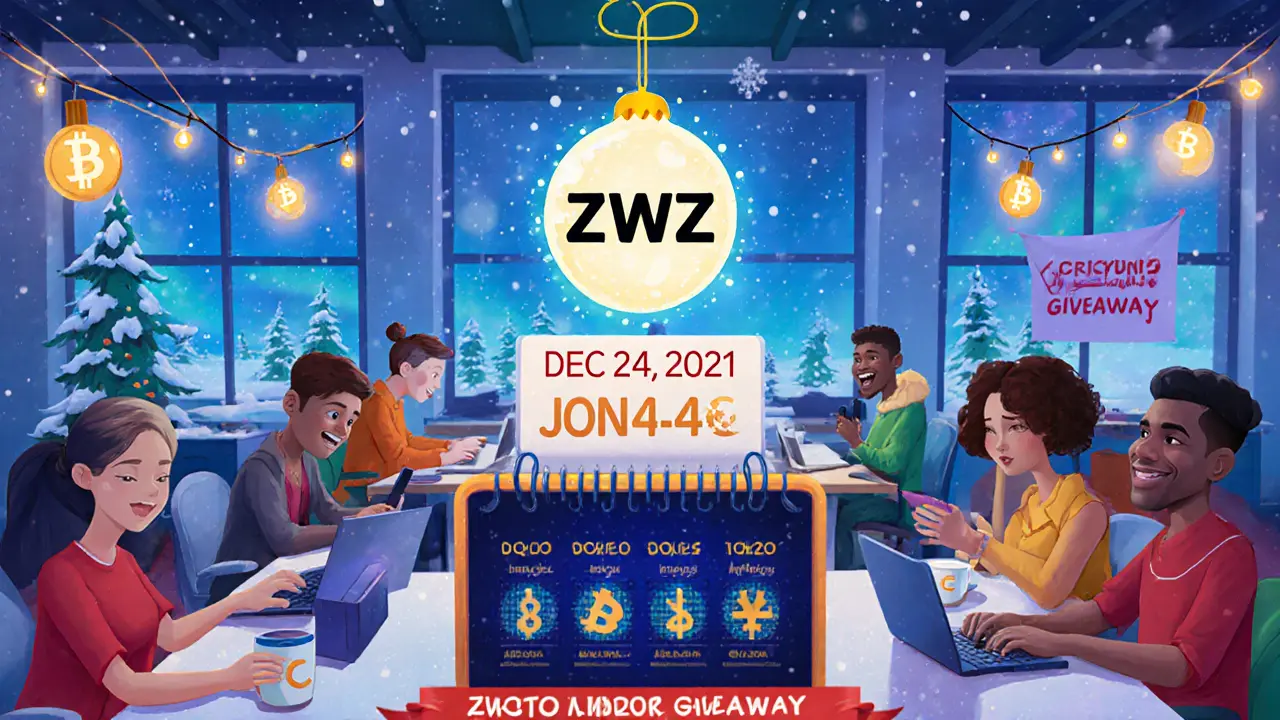Blockchain Gaming Token Overview
When talking about blockchain gaming token, a digital asset created for use inside blockchain‑based video games. Also known as GameFi token, it powers in‑game purchases, staking rewards and NFT ownership. GameFi, the blend of gaming and decentralized finance that relies on crypto tokens for rewards and ownership sits on top of this foundation. In practice, a blockchain gaming token encompasses GameFi ecosystems, requires solid tokenomics to stay sustainable, and enables players to earn real value while they play.
How Play‑to‑Earn and NFTs Shape the Space
Play-to-earn crypto games, games that let players earn tradable tokens or NFTs as they progress have turned blockchain gaming tokens into active income streams. These games often integrate NFT, unique digital collectibles that prove ownership on the blockchain to represent skins, characters or land parcels. The token acts as the bridge: it lets you buy NFTs, stake them for extra rewards, and trade them on secondary markets. This tight loop of earning, staking, and NFT utility creates a vibrant economy that keeps players engaged and investors interested.
Behind the hype, solid tokenomics, the economic design governing supply, distribution and incentive mechanisms determine whether a blockchain gaming token can survive market swings. Good tokenomics balance scarcity with regular rewards, allocate a portion for development, and set up staking models that lock value while offering yield. Staking, in turn, lets holders lock their tokens to support network security or game updates, earning passive returns that reinforce the token’s utility. Understanding these mechanics helps you spot projects with real growth potential versus fleeting hype. Below you’ll find deep dives, token breakdowns and practical guides that walk you through each of these concepts in detail.

